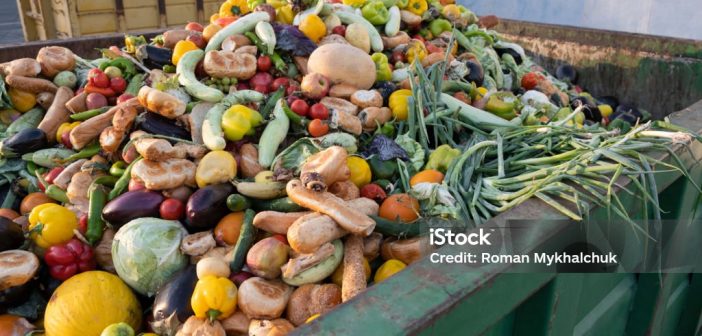Mumbai: In India, the paradox of abundant food wastage juxtaposed with alarming rates of starvation paints a stark picture of inefficiency and inequality within the food supply chain. Despite being a significant global food producer, the nation grapples with a disheartening reality where a substantial portion of its population faces hunger and malnutrition.
Food Wastage in India: A Glaring Concern
According to estimates by the United Nations Development Programme (UNDP), India wastes nearly 40% of its food production, a staggering figure that illustrates the inefficiencies prevalent in the system. Factors contributing to this wastage range from inadequate storage facilities and transportation infrastructure to lack of proper distribution networks and post-harvest losses.
The agriculture sector, the backbone of India’s economy, suffers substantial losses due to poor storage and transportation mechanisms. Fruits, vegetables, and grains often spoil before reaching markets, contributing significantly to overall food wastage.
Another critical point of concern is the substantial wastage at the consumer level. Households, restaurants, and large events discard sizable quantities of edible food due to oversupply, improper storage, or cosmetic imperfections, adding to the colossal amount of wasted food.

Starvation Rates and Hunger Challenges
Contrastingly, amidst this surplus and waste, a substantial section of the Indian population grapples with hunger and malnutrition. The Global Hunger Index (GHI) highlights India’s persistent struggle, ranking it 101 out of 116 countries in 2021. The report underscored the prevalence of undernourishment and child malnutrition as significant concerns.
Statistics from various sources, including the Food and Agriculture Organization (FAO) and government reports, reveal that millions of Indians suffer from food insecurity. A significant number of children under five are underweight or stunted due to inadequate nutrition, impeding their physical and cognitive development.
Addressing the Disparity
The stark contrast between food wastage and starvation rates underscores the urgent need for systemic reforms and targeted interventions. Efforts to reduce food wastage demand a multi-pronged approach, encompassing improvements in infrastructure, storage facilities, and distribution networks. Embracing technology and innovative solutions for food preservation and transportation can significantly curb post-harvest losses.
Moreover, raising awareness among consumers about responsible consumption, implementing effective food recovery and redistribution programs, and incentivizing businesses to reduce waste can contribute to minimizing food wastage.
Simultaneously, addressing hunger and malnutrition necessitates comprehensive strategies focused on ensuring equitable access to nutritious food for all segments of society. Strengthening social safety nets, enhancing agricultural practices, promoting sustainable farming, and fortifying food security programs are crucial steps toward alleviating hunger.
Finding Synergy
Creating synergy between efforts to reduce food wastage and initiatives aimed at eradicating hunger can yield significant dividends. Redirecting surplus food from waste streams to those in need through food banks, shelters, and community-driven initiatives represents a practical solution to bridge this gap.
India stands at a critical juncture where addressing food wastage and tackling hunger are not disparate challenges but intertwined issues demanding immediate attention. A concerted effort from policymakers, businesses, civil society, and individuals is imperative to transform this landscape, ensuring a more equitable and sustainable future where food is not squandered while millions remain undernourished.
By
G. Subramanian





